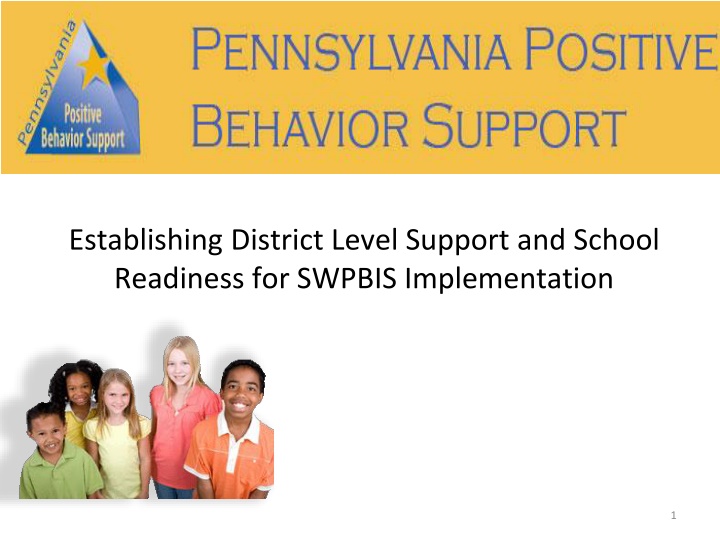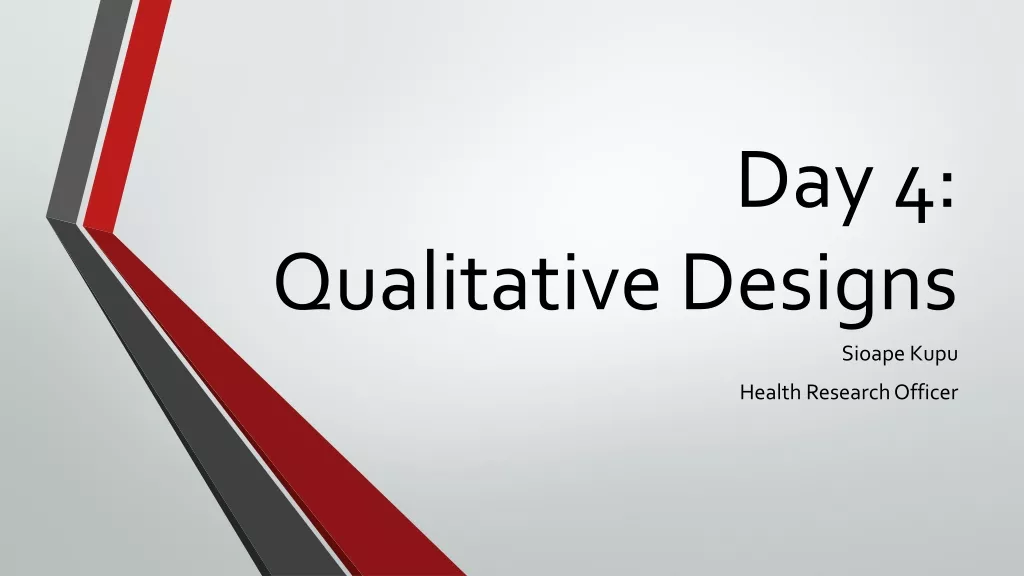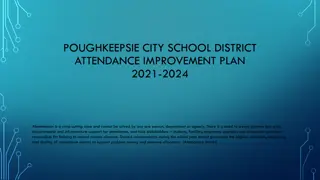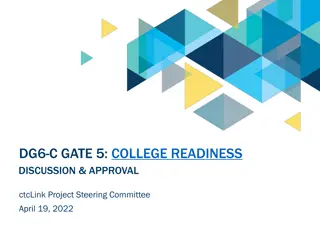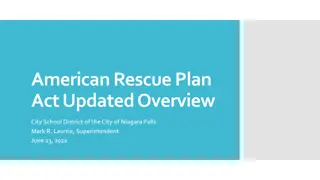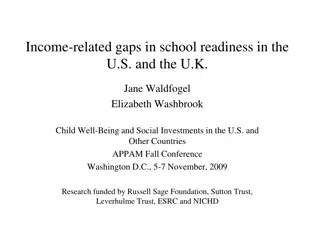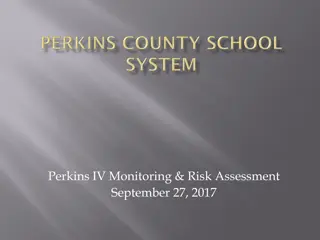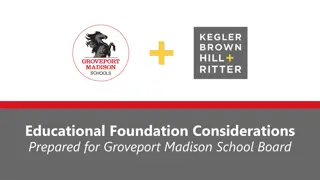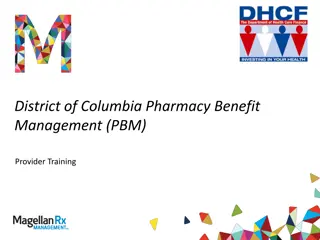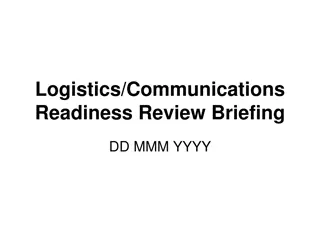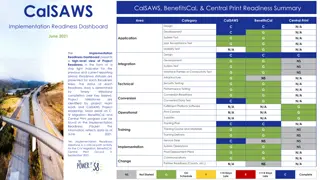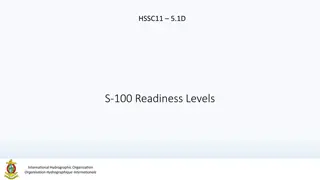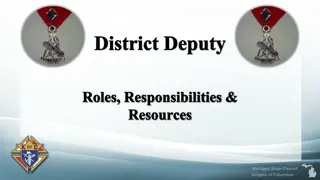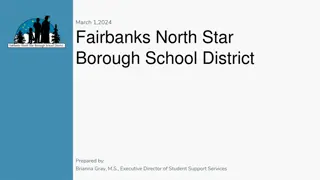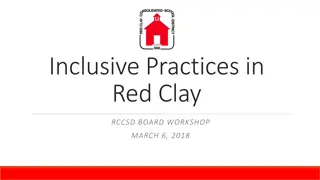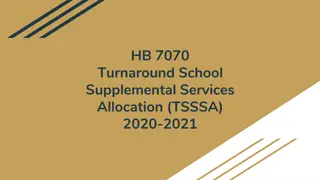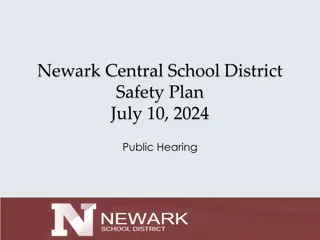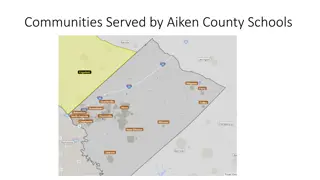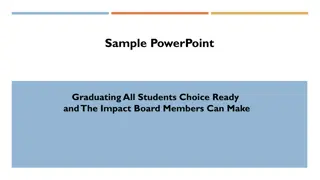SWPBIS Implementation: Establishing District Support and School Readiness
Positive Behavioral Interventions and Supports (PBIS) focuses on creating effective environments to encourage appropriate behaviors. SWPBIS extends this approach to whole schools, applying systemic strategies to achieve positive outcomes and prevent problem behaviors. It is not a quick fix or just about discipline, but a team-based, evidence-driven process for creating a positive school climate. Problem behaviors addressed include defiance, aggression, truancy, and more.
Download Presentation

Please find below an Image/Link to download the presentation.
The content on the website is provided AS IS for your information and personal use only. It may not be sold, licensed, or shared on other websites without obtaining consent from the author.If you encounter any issues during the download, it is possible that the publisher has removed the file from their server.
You are allowed to download the files provided on this website for personal or commercial use, subject to the condition that they are used lawfully. All files are the property of their respective owners.
The content on the website is provided AS IS for your information and personal use only. It may not be sold, licensed, or shared on other websites without obtaining consent from the author.
E N D
Presentation Transcript
Establishing District Level Support and School Readiness for SWPBIS Implementation 1
What is PBIS? Positive Behavioral Interventions and Support is the science of building effective environments that teach and encourage appropriate behaviors to replace the use of inappropriate behavior. Prevent Teach Reinforce Behavior Consequence Antecedent 2
Positive Behavioral Interventions and Supports PBIS: the science of building effective environments that teach and encourage appropriate behaviors to replace the use of inappropriate behavior. Schoolwide PBIS: the application of PBIS to the whole school. Thus, it is a broad range of systemic and individualized strategies for achieving important social and learning outcomes while preventing problem behavior with all students. It is a school discipline and positive school climate model. 3
Schoolwide PBIS is A team-based process A framework Data driven Evidence-based Proactive and Preventative Universal and Targeted Best practice A culture change Staff-directed A continuum of support Creating effective learning environments by using the science of behavior 4
What SWPBIS IS NOT A packaged curriculum A quick fix Newest, flashiest behavior program Just about tangible reinforcers Just about discipline A special education program Just for some of the students 5
Problem Behaviors Insubordination, noncompliance, defiance, late to class, nonattendance, truancy, fighting, aggression, inappropriate language, social withdrawal, excessive crying, stealing, vandalism, property destruction, tobacco, not ready to learn, drugs, alcohol, failure to turn in homework, bullying, unsafe on bus, minor, repeated minor, unresponsive, teasing, not following directions, disrespectful of authority, contraband, not prepared, inappropriate use of school materials, weapons, harassment, unprepared to learn, parking lot violation, inappropriate use of school property, irresponsible, trespassing, disrespectful, disrupting teaching, uncooperative, violent behavior, disruptive, verbal abuse, physical abuse, dress code, etc 6
MTSS/PBIS Triangle Pre-Covid 1-5% 5-15% 80-90%
Flipped Pyramid?? Since Covid, in many of our schools, the triangle is inverted more students receive Tier 3 supports than, Tier 1 and 2.
How can SWPBIS Help? Schools implementing SWPBIS with fidelity report: 20-60% reductions in office discipline referrals Improved faculty/staff satisfaction Improved administrator perceptions of school safety 9
Strong Administrative Support Minimum of 3 year commitment to the project Provide consistent support for team meetings Provide access building discipline data (office referrals) 10
Tier 1: School-wide Interventions Target the entire student body Proactive, preventive approach Well designed rules, routines, and physical arrangements Clear expectations in all locations including non-instructional (bus, halls, cafeteria) Everyone knows the rules. 11
Implementing Tier 1 Begin by forming a building level core team: Administrator Grade / Department Representation Specialized Support Support Staff 12
All Faculty and Staff are Involved Complete Self-Assessment Provide Consensus Define Non Academic Setting Expectations Explicitly Teach and Reinforce the Expectations Participate in School-wide Events 13
Research to Practice 14
Tier 2: Targeted Interventions For students at-risk (10-15%) More intervention by adult(s) Intensified instruction and explicit, guided practice Increased use of cues and prompts Examples and non-examples of desired behaviors Self monitoring 15
Tier 3: Intensive Interventions For chronic, intense behavior problems (3-5%) Intensified assessments and interventions When school-wide and targeted interventions are effective, only a small percent need intensive interventions Functional Behavior Assessment and Positive Behavior Support Plan 16
What About Data Collection? Types of Data 1. Quantitative Office discipline reports Attendance Suspension/Detention 2. Qualitative (EBS) Policy and procedures Reinforcement systems Instructional environment Non-classroom systems Professional development School climate 17
What does a SWPBIS School look like? 80% of students can state the school rules & give behavioral example Positive adult-to-student interactions exceed negative Ongoing data collection & team-based planning & implementation Administrators are active participants. Continuum of behavior support is available to all students 18
